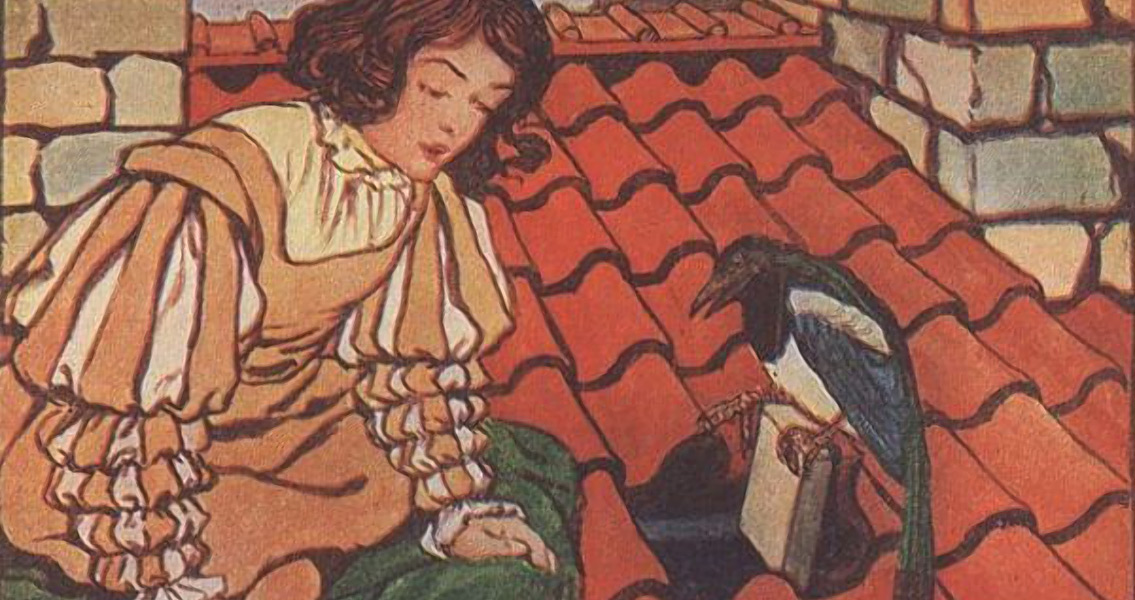<![CDATA[Laurie Reitsema, with the University of Georgia (UGA) was curious to know about the diet of children in medieval Italy and how it might have affected their chances of reaching adulthood. As an Asst. Professor of Anthropology and a bioarchaeologist, Reitsema has spent the last five years studying human remains in order to answer this question, and according to her recently published study, children who didn’t receive an adequate amount of animal protein and weren’t breastfed in medieval Italy did indeed have a smaller chance of living to adulthood. Another factor she considered was the influence of class on which foods people consumed. As she explained in a statement provided by UGA, medieval times were an interesting period for people’s diets, given such a stratified society, and there were extremely sharp differences between a person’s diet and nutrition depending on their class and their gender. An earlier study conducted by Reitsema in the small town of Trino Vercellese, Italy, looked at the link between diet and status during both adulthood and childhood and found the majority of people who survived to adulthood typically ate the same foods as they did as children. Differences in diet usually only appeared in adult males of a lower class. Trino Vercellese, an agrarian village which typified medieval period life with a clear split in status between the general population and church elites, has been the location of numerous studies. The site is useful because a lot is known about which plants and animals would have made up the villagers' diet. This new research was conducted in Trino Vercellese as well, with the focus switched to people who had died during childhood versus people who lived to adulthood, in order to determine if their diets differed. The dietary information was discovered by studying the ratios of various isotopes in bones and teeth. Because they continually regenerate and remodel, bones are an excellent source for information about an adult’s diet, in contrast, teeth serve as the best record for diet during childhood, because they only form once and don’t grow or change throughout a person’s life. Different foods possess different atomic arrangements, and those signature arrangements are incorporated into a person’s tissues, making it possible to determine someone's diet by what exists in their bones. This is accomplished by studying the bone’s isotopic levels. The research set out to determine if the people who didn’t survive childhood had decreased nitrogen isotope ratios, which would indicate they ate a smaller amount of animal protein. The results of the analysis did in fact confirm this suspicion. The fact that animal protein plays a supporting role in childhood development and growth isn’t anything new, but the study has confirmed this was also the case during Medieval Italy. By studying past human nutrition using isotope ratios, Reitsema was able to track the evolution and changes of food relationships. She also found evidence of the connection between breastfeeding and childhood survival, and that some of the children showed no signs of having been breastfed. Although the reason behind this has yet to be determined, a high rate of lactose intolerance in the Italian population (including infants) may explain it in part. The study has been published in the American Journal of Physical Anthropology. ]]>
Medieval Social Status Found to be Connected to Lifespan
